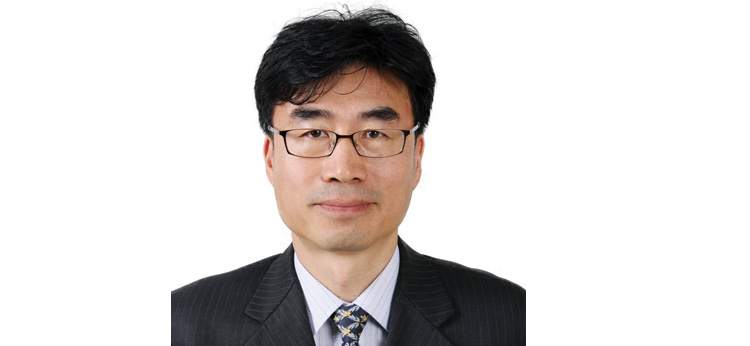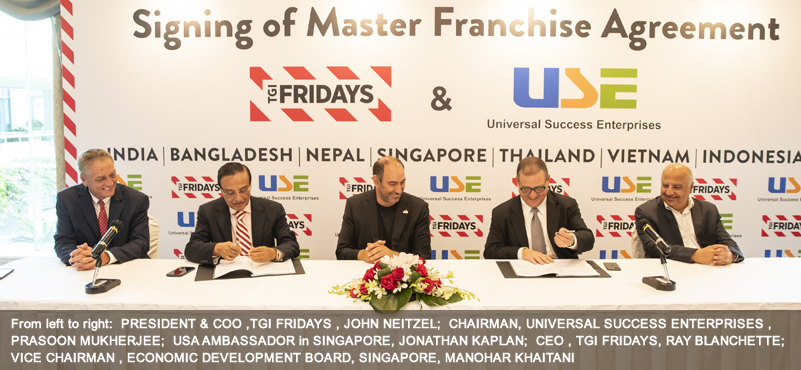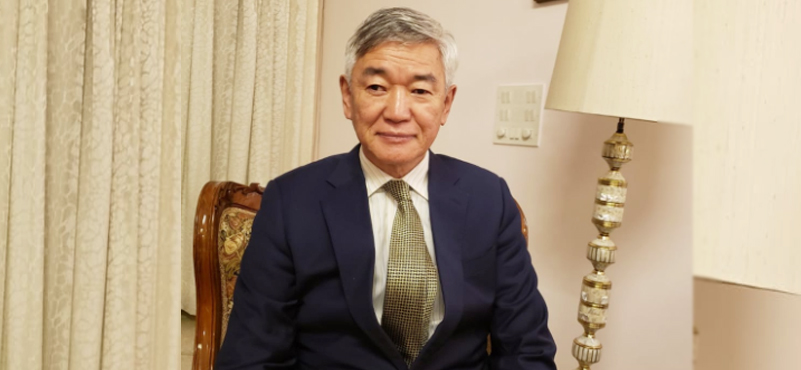Byungsun Lee, Director, Korea Tourism Organisation detailed how Korea was systematically unveiling its new offerings to the Indian outbound, as a part of its modus operandi. Sharing that Indian outbound had registered an impressive 47 percent growing on a year-on-year basis, he stressed that Korea had a wide gamut of products to engage varied segments of travellers, and the larger challenge was creating awareness -which it is surmounting through a concerted and multi-pronged media outreach.
 How has been 2016 for you in the past six months? How has Indian outbound taken to Korea? What are your realistic expectations for the rest of the month?
How has been 2016 for you in the past six months? How has Indian outbound taken to Korea? What are your realistic expectations for the rest of the month?
This year has been a great success for us, in terms of figures and attracting Indian tourists. Of course, as the head of Korea Tourism Board, it is my constant endeavour to increase footfalls emanating from Indian shores. We have recorded an overall increase of over 46 percent in footfalls in this year, compared to the previous year, in the first six months – which is very encouraging. I am very happy at the trajectory and expect this trend to continue moving north.
What would you attribute this extra 47 percent surge in footfalls to? Where is it coming from? Leisure or MICE?
I think, it is a bit of both. Korea has been, traditionally, a very strong MICE destination. We have consistently been one of the top three MICE destinations, globally, after USA and Singapore. Not many people know that. So, there is a strong MICE movement across India’s top tier-1 cities, but I am also witnessing an equally positive surge in leisure movement. We must admit here that connectivity between the two countries has steadily improved, too. This year, especially, with Asiana Airlines – one of the major Korean Airline – having increased their weekly frequency from three to five times a week from July is a great development. Then Korean Air – Korea’s flagship airline – has launched a new flight from Delhi, which is a direct flight, operating five times a week, and created favourable conditions for enhanced bilateral footfalls between two countries. It is hoped to contribute to better air-connectivity.
Taking a look at current state of political relations between China and Korea, and given that both China and India are two countries can that quickly drive volume, would Korea take this thaw in bilateral relations with China as an opportunity to further concentrate on strengthening its foray into the Indian market?
China, indeed, is the biggest market for Korea. It is also true that currently the political situation is not comfortable. However, I would like to share that the movement of tourists from China into Korea is still substantial. But as Tourism Boards, we have to always think about variety of markets, so apart from China – which continues to be a major market – we are considering India as the most important market for us. India is a very big country and its economy is very strong. The growth rate is among the best in the world and there is a constant increase in the middle-class with disposable incomes. There is a growing number of people with higher propensity for travelling abroad. So, we are playing an active role in engaging with these consumers.
Despite growing numbers in leisure and MICE segment, a major area that has remained long neglected is Buddhist tourism. India has rightly been focussing on employing luxury trains covering Buddhist destinations. What steps are you taking as a board to highlight the Buddhist connect?
I want to develop some special interest tours in India and Buddhist tourism is certainly one of the segments. These developments have bilateral characteristics. Buddhism has originated in India and then spread to South and Southeast Asia. Places like Sarnath, Bodh Gaya and Varanasi hold immense significance for Buddhists. I would want more Koreans to come to India and travel through holy places and vice versa. Korea has some unique temples and its cultural heritage is splendid, because Buddhism in Korea is very unique. Our temples have maintained the gist and heritage of Buddhism, keeping them intact. Tourists can also enjoy the unique experience of staying in a temple with tourist offerings like Temple-Stay. But, growth in bilateral numbers will happen when the overall connectivity between the two countries increases. When bilateral connectivity gets stronger, tourism and movement, too, benefit from it.
Much of your media outreach seems to be focussed on Korea’s nightlife, beaches, culinary and cultural experiences. It seems slanted more towards attracting the leisure segment. Do you reckon that there needs to be a change in the style of outreach to attract a larger gamut of Indian outbound?
When I was posted here, I realised that while Korean products were household names in India, but awareness and knowledge about its standing and offerings as a tourist destination among the Indian outbound was rather weak, and still continues to be limited. It is unclear and that is why we started marketing Korea, first, as a leisure destination. I focussed on the Jeju Islands as a unique leisure destination, followed by Seoul – which is not just a big city with swanky skyscrapers, but has plenty of offerings for family visitors. It was when we had successfully created enough awareness about these two destinations, we started with campaigns promoting other tourist offerings like Busan. Gyeongju is a cultural city that we are promoting. It has abundant history and boasts of UNESCO World’s Heritage site. So there are many offerings and points of advertising that we had to concentrate on tourist destinations first. Now, I am considering advertising and outreach, keeping in view special attractions points of interest like Buddhist tourism. It would be my next step.
So we could see some new advertisements aimed at attracting Indian outbound to newer destinations? Share with us some key activities that the Indian outbound has taken a liking to.
First, I have to say that Korea is a very nice leisure destination for families, especially Seoul. Seoul has everything. The biggest theme park in Asia is not in Dubai, it is in Seoul. The Disneyland is many times bigger that the one in Hong Kong. It is a perfect place for families to unwind and enjoy themselves.
Jeju Islands is gaining popularity as a destination for honeymooners and Golfing aficionados. So for high-spending tourists in India, we are starting a campaign on our offerings in Golf tourism and honeymoon segment in Jeju Islands. I, personally, think that Jeju Islands has better offerings for honeymooners than Maldives. We have even started Asia’s first submarine tour, so there is a plethora of attractions to enjoy.
You said that overall numbers have grown by over 47 percent on a year-on-year basis in the first six months of this year. Is there a realistic number that you would like to achieve from India in the near future?
We catered to over 1,50,000 Indian visitors last year. And this year, we have already crossed 90,000 by the end of six months. So we are fairly confident of crossing the two hundred thousand mark by the end of 2016.




































